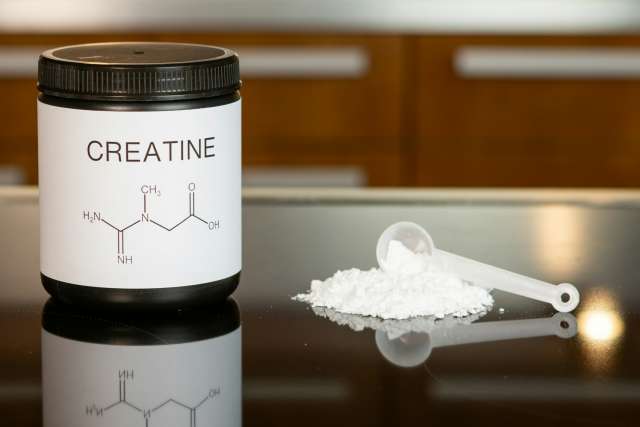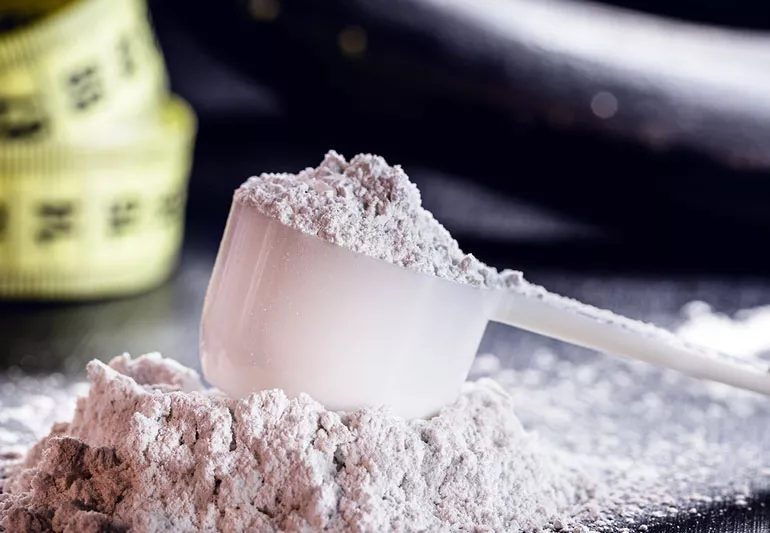When it comes to boosting athletic performance, building muscle, or simply enhancing your workouts, few supplements are as well-known as creatine. But with all the hype surrounding this powerhouse, it’s easy to get lost in a sea of claims, myths, and misinformation. Is it safe? Will it bulk you up overnight? And what’s the right way to use it for maximum benefit?
This guide is here to clear the air. Whether you’re an athlete, fitness enthusiast, or just curious about what creatine can do for your body, we’ll break down the science behind it, highlight its proven benefits, and bust those lingering myths. Plus, we’ll share practical tips to help you use creatine effectively and confidently.
By the end, you’ll have a solid understanding of this popular supplement and how it can fit into your fitness goals. Ready to separate fact from fiction? Let’s get started!
What is Creatine and How Does It Work?
Creatine is a natural compound found in your muscles and brain, made from amino acids. It’s also present in foods like red meat and fish, though most people don’t get enough from diet alone to see its performance benefits. Your body produces creatine in small amounts, storing about 95% of it in your muscles as phosphocreatine.

Here’s how it works: during high-intensity activities like sprinting or weightlifting, your muscles need quick bursts of energy. This is where creatine comes in. Phosphocreatine helps regenerate ATP, the body’s primary energy currency, allowing muscles to perform at their peak for longer periods. Essentially, creatine acts as an energy booster, helping you push through those tough sets or sprints.
By supplementing with creatine, you can increase your muscle stores, leading to better exercise performance, enhanced strength, and even faster muscle recovery. It’s a powerful yet simple tool to amplify your workouts and maximize results.
Debunking Common Myths About Creatine
Creatine often gets a bad rap due to widespread myths and misconceptions. One common myth is that creatine causes kidney damage. However, research shows that creatine is safe for healthy individuals when used as directed. Unless you have pre-existing kidney issues, you can rest easy incorporating it into your routine.
Another misunderstanding is that creatine is a steroid. This isn’t true. Creatine is a natural compound found in foods and your own body, completely different from synthetic steroids. Think of it as a performance booster, not a hormone-altering drug.
You might also hear that creatine causes extreme water retention or bloating. While it’s true that creatine draws water into your muscles, this is a normal process that helps improve muscle function and doesn’t lead to troublesome swelling.
By separating fact from fiction, you can confidently use creatine to support your fitness goals without falling for these inaccuracies. Always stick to proper dosages and stay informed for the best results.
When and How to Take Creatine for the Best Results
When it comes to taking creatine, timing and consistency are key for getting the best results. Many people opt for a loading phase when first starting. This involves taking 20 grams of creatine per day, split into 4 doses, for 5-7 days. The loading phase helps saturate your muscle stores quickly. After that, a maintenance dose of 3-5 grams daily is enough to keep your creatine levels topped up.
But when is the best time to take it? While there’s no hard rule, taking creatine either before or after your workout can be beneficial. Post-workout intake, in particular, may enhance muscle recovery when paired with a protein or carb-rich meal.

For non-training days, simply take your daily dose at a convenient time to stay consistent. And don’t forget to drink plenty of water, as creatine draws water into your muscles.
With the right timing and dosage, creatine can help elevate your performance and recovery, making it a must-have in your fitness routine.
Tips for Maximizing Creatine’s Effectiveness in Your Routine
Maximizing creatine’s effectiveness is all about smart habits and consistency. To get the most out of this powerhouse supplement, follow these tips:
- Stay hydrated: Creatine pulls water into your muscles to support performance, so drinking plenty of water daily is essential to avoid dehydration and maximize benefits.
- Pair with carbs: Taking creatine alongside a carbohydrate-rich snack or meal can improve its absorption, making it more effective. Something as simple as fruit juice or a banana works well.
- Be consistent: Daily use is key. Whether it’s a training day or a rest day, stick to your dose (around 3-5 grams) to maintain optimal muscle stores.
- Consider timing: While you can take creatine anytime, some studies suggest taking it post-workout might enhance recovery when combined with protein or carbs.
- Focus on your diet: A well-rounded diet supports your fitness goals, allowing creatine to complement, not compensate for, your nutrition.
Small, consistent efforts make a big difference. Stick to these practices, and you’ll see creatine working its magic in no time!
In Summary
Creatine is a naturally occurring compound that boosts energy production and muscle performance. Its benefits include improved strength, enhanced workout recovery, and increased endurance, making it a favorite among athletes and fitness enthusiasts. To maximize its effectiveness, stay consistent with your dosage, pair it with carbs for better absorption, and stay hydrated. With proper use, creatine can be a powerful tool in reaching your fitness goals. Make it a part of your routine and start seeing the results today!


